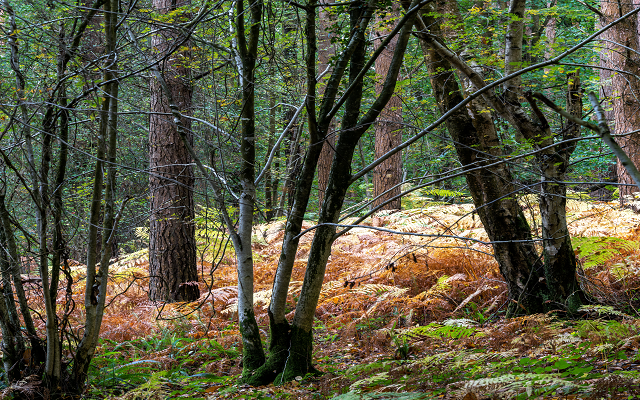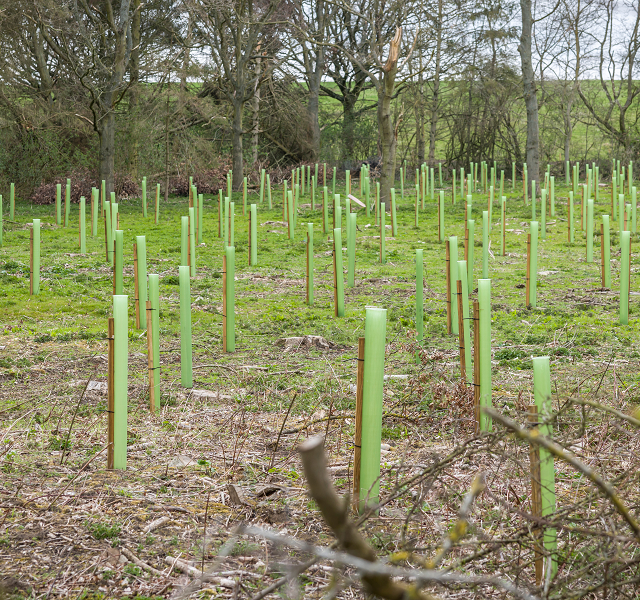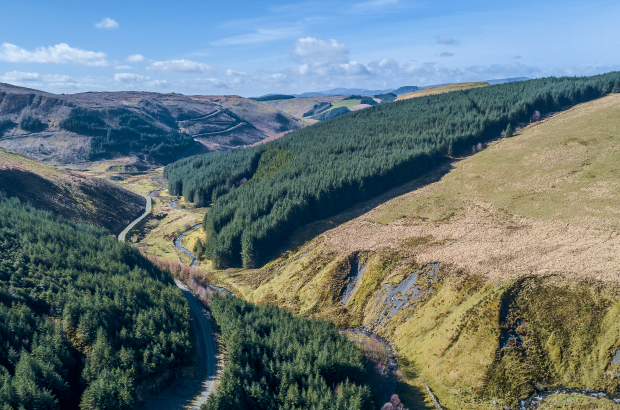Understanding the Woodland Carbon Code’s additionality rules
New woodlands (afforestation) sequester carbon from the atmosphere and there is potential to trade this carbon. However, in order to be eligible for carbon funding, applicants have to prove they would not have gone ahead with the project without the carbon funding ie, the carbon produced must be in addition to business as usual. The Woodland Carbon Code (WCC) additionality rules have recently changed, with the key impact being there is effectively no carbon funding for commercial conifers in most situations.
New planting schemes must be validated under the WCC rules. As part of that validation process there is an ‘investment test’ to prove the carbon in the scheme is additional to business as usual.
The WCC rules changed during 2022 and it is generally accepted that qualification is now more demanding than previously. This has generated some opposition from sectors of the forest industry, which under the old rules were securing carbon funding for commercial conifer schemes on relatively low value ground. The WCC has moved the investment test to more standardised costing options to determine forestry costs and income. It also calculates the opportunity cost of the farmland that is planted using only three models for all situations (LFA stock, non-LFA lowland and arable).
The consequence of this relatively standardised methodology is that it becomes more certain which schemes will qualify. Commercial conifer schemes will generally not qualify, even on the highest quality land type (arable). Conversely, native broadleaved schemes, even on the poorest ground (LFA), will usually qualify.
WCC additionality rule decisions
There are many permutations given a number of woodland options, three farmland models, the presence or absence of the Basic Payment Scheme, and different grants in England, Wales and Scotland. Also, the standard models will be reviewed periodically, so a scheme that passes this year, may fail next, or vice versa.
It is possible to ‘blend’ schemes by altering the ratio of conifers to broadleaves, to make them pass the test. It is also possible to unilaterally elect not to take a portion of the grants to make the scheme pass.
An owner who wishes to maximise returns and trade in carbon, but whose preferred scheme does not meet the test, now has a decision to make. Can they forego some commercial conifers, or some grant, to make the scheme pass? And is the value of the carbon greater than the income foregone from timber? Clearly this is starting to get complicated. If an owner is seeking to sell carbon many years into the future, the answer is subject to the future price of carbon, which of course is an unknown, so there is not always a ‘right’ answer.
A further variable is for those who are taking tree sponsorship income e.g., some charities, as this income needs to be included in the Investment test. For example, if the charity has raised a lot of sponsorship, then they might go ahead with the scheme even without carbon money.
Given these significant complexities, it is vital that intending tree planters, who are seeking to generate income from carbon, take advice from agents familiar with the WCC scheme.
For more on WCC additionality rules contact Simon Hart






